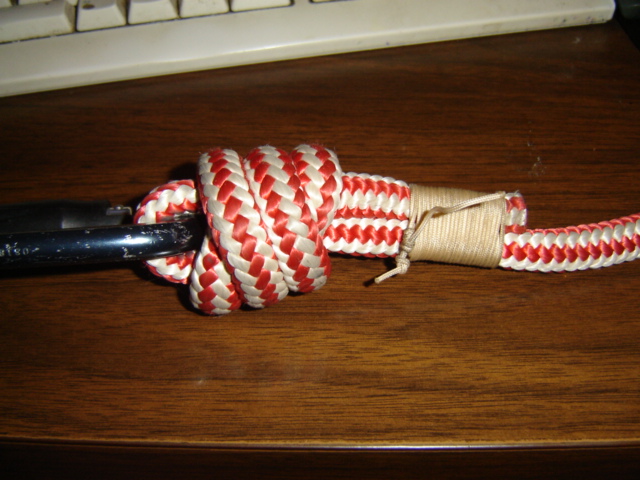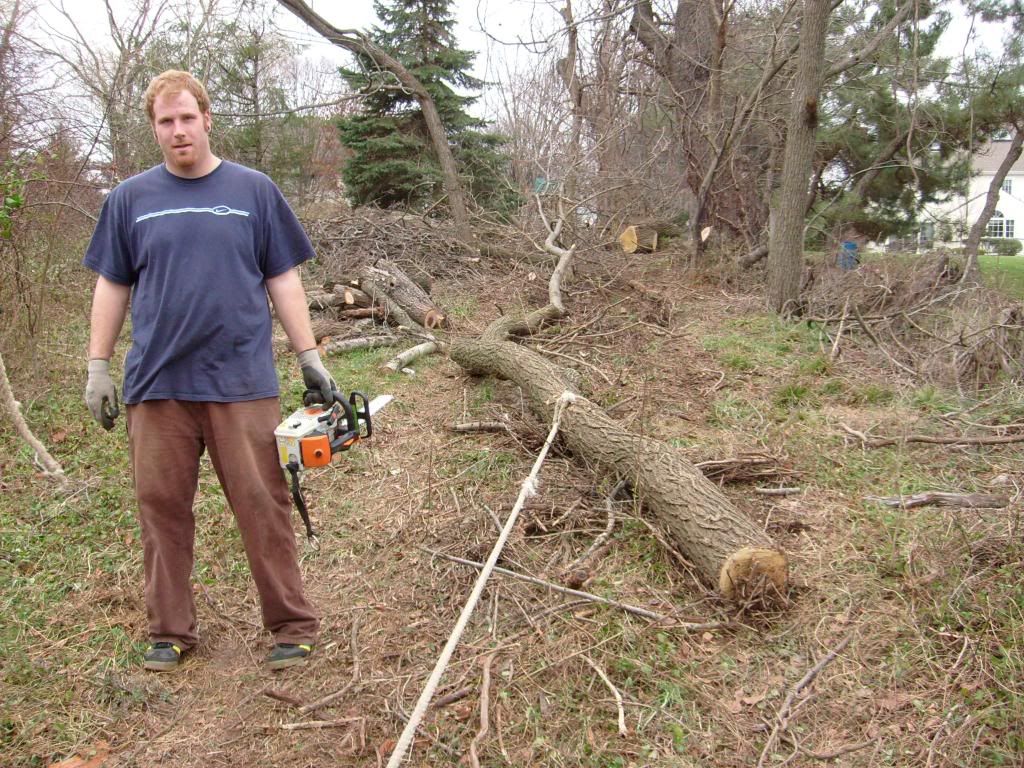totally agree ... nice job!
have been saying for years... how a knot is dressed out can make a big difference.
besides the strength issues, dressing out a knot out "pretty" makes for easy and positive ID that knot is indeed tied correctly. for a life line termination knot, that could have dire consequences.

have been saying for years... how a knot is dressed out can make a big difference.
besides the strength issues, dressing out a knot out "pretty" makes for easy and positive ID that knot is indeed tied correctly. for a life line termination knot, that could have dire consequences.

Fantastic job!
i think the point should be maid that how a knot is dressed out can make a lot of differance; so someone else might not get the same results with different final "seating" of the mechanics. Also, this Tenex is flat on mount, so would have less deformed dimension/ no height at the bend on that axis(for less strength/efficiency loss there) perhaps affecting results. Global staemeants are hard to make, due to variances of dressing, materials, braid etc.
A Butterfly test should perhaps include a test of just 1 leg to eye; due to some of the ways it is used, that don't conform to leg to leg with no or less load to eye and pulled perpendicualr to line.
Thank-you very much.


























































